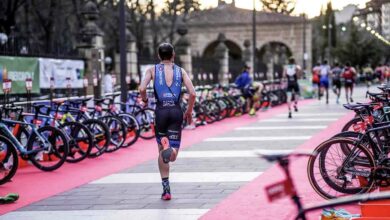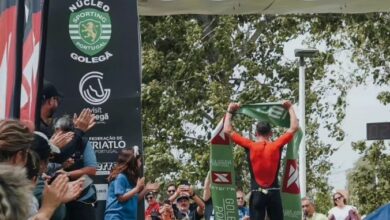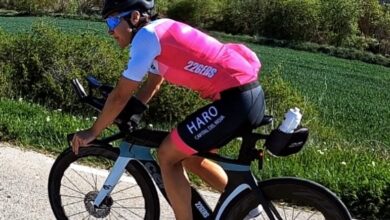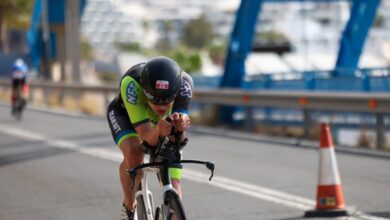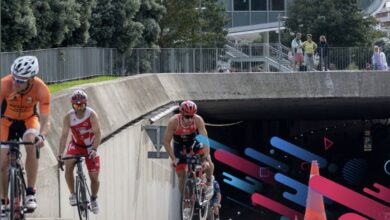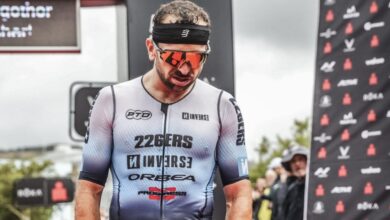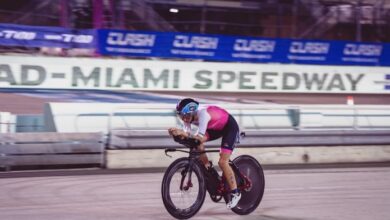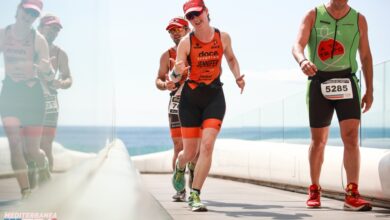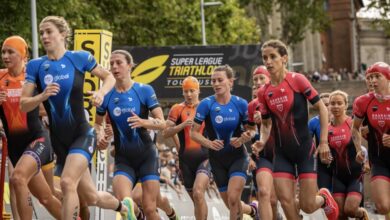How to do the training series? by Victory Endurance

It is not necessary to perform all the strong series, the ideal is to start soft in the first and finish the last the strongest.
In this article written by Rodrigo Chavela for Victory Endurance, tells us the correct way to do the series of workouts.
The results have to be expected in the medium and long term. We can not think that training hard one week to the next we will be full. Only after several months of systematic work do we begin to notice the first symptoms of an evident progression.
Progressive intensities
It is very important to make the series in progression, because they assimilate better; joints and tendons suffer less; the muscles are not so overloaded; the liver works less and more efficiently: recovery is faster and, above all, it strengthens us psychologically. Our body has a selective memory, since it stays with the last thing you do from each training session, so doing the right thing and progressively progresses safer, faster and further with less effort, and above all enjoying the race.
You will ask, how is this done? I will explain it to you with a simple example.
If a runner wants to make 6 repetitions of 1000 meters to an average of 4 ', what he should do is start on 4'15' 'and finish on 3'45' 'or 3'40' '. If he does and recovers correctly, he has made the proper rhythms.
If it cost him to finish those intensities and recover badly, it means that those rhythms were excessive and that he should adjust it to the downside in the next series. But if he has not been able to finish in those times, and even in the last two or three he made them slower, he was very wrong with the rhythms he had to do. Most likely, his average pace was from 5 '' to 10 '' seconds slower than initially expected.
Rhythms of series to compete less than 3'30 '' per km
Indicated for runners who perform a weekly average of about 100 kms, with maximums of 115 and minimums of 90. they train 6 sessions of which two, and sometimes three, are series.
The rhythms or intensities of the series should oscillate in the times of the following table:
|
Rhythms to compete less than 4 'per km
Indicated for runners who train 5 days a week, of which two are with series. The weekly average of kms would be about 75, with maximums of 90 and minimums of 65. They usually compete around 4'00 '' per km in the half marathon and between 3'50 '' and 3'45 '' in distances of less than 10 kms.
The rhythms of the series and the recoveries between them, which these runners must do, oscillate in the times indicated in the following table:
|
Rhythms to compete less than 4 '30' 'per km
For runners who do 4 training days a week. Of which 1 or 2 days are series. The average number of kms per week would be around 60 or 65, with maximums of 75 and minimums of 50 kilometers.
In the following table I propose rythms for runners who tend to compete from 4'25 '' to 4'20 '' for km in the half marathon and between 4'10 '' and 4'00 '' in distances of less than 10 kms:
|
Rhythms to compete less than 5 'per km
Plan from 3 to 4 training days a week, with only one day of series a week. The average of kms per week will be around the 55 kms, with maximums of 65 and minimums of 40 kms.
In the following table I propose the intensities to which the respective series should be made. They are rhythms for those who compete between 5'00 '' and 4'50 '' for km in the half marathon and between 4'45 '' and 4'35 '' in distances of less than 10 kms:
|
Intensities for those who start
In the case of less experienced runners or who can not train more than three days a week and when they compete in the half marathon they do more than 1h 50 'and in the 10 kms more than 50', they do not need to do series. At most they can make intensity games, such as changes in rhythm, during 20 'or 25', with trot recoveries always lower than 1 '.
More information http://www.tiendaweider.es/
There are no previous results.












